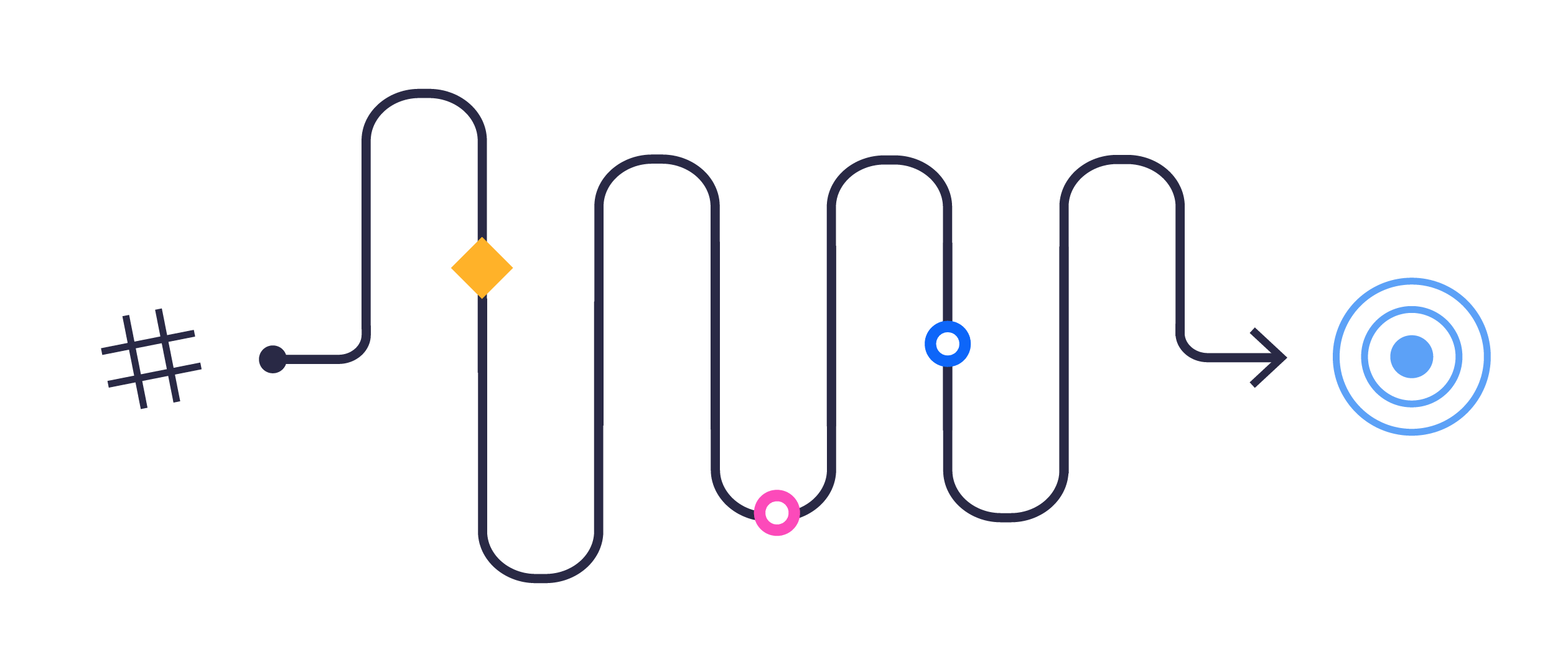The challenges of modern customer support - and how automation solves them

Customer support: Onboarding, segmentation, and speed, speed, speed
Providing customer support isn’t easy. From a business standpoint, cost of acquisition (CAC) exceeds the cost of retaining customers. All companies feel the pressure to retain and grow existing accounts. But your customers themselves are demanding. They want fast time-to-value when they sign their first contract, and demand fast, personalized support for their issues going forward.
Learn how modern support teams are turning to automation to help them rapidly deploy personalized, prioritized support to drive higher retention and growth:
1. Expedite the onboarding process with automation
The sales team just signed a new closed-won deal. For them, it’s time to celebrate. For the support team, it’s time to get to work. While it’s standard procedure to schedule a kickoff to begin the ramp period, new customers expect that ramp period to be as short as possible. However, a common challenge in this situation is the lack of context after the handoff. What lack of context, you ask?
Throughout the sales cycle, your company’s sales team gained an intimate understanding of this soon-to-be-customer, across multiple emails, calls, and even web chats. Each of those touchpoints contained important insights into their pain - details about exactly how and when they need to use your company’s product or service. In a perfect world, every one of these insights would be immediately actionable. In the real world, they aren’t unless you can consolidate the data from every one of those touchpoints and immediately deploy them for the support team. Without the extra context, support teams must start from scratch and hopefully ramp quickly enough to provide value before customers churn. Support teams are now using automation, along with integrations between their helpdesk and other apps for support, project management and messaging, to bridge the sales-support gap.
 The cost of acquiring new customers (CAC) is significantly higher than renewing existing customers. Image courtesy forentrepreneurs.com.
The cost of acquiring new customers (CAC) is significantly higher than renewing existing customers. Image courtesy forentrepreneurs.com.
Learn how support teams rapidly onboard new customers with automation:
- CUSTOMER STORY: Vox Media onboards 20x faster with automation
- CUSTOMER STORY: MarTech leader rapidly onboards to enable support team
- ON-DEMAND DEMO VIDEO: Smoothly onboard new customers with automation
2. Intelligently segment customer accounts
Another common challenge for support teams is prioritizing support requests among its talented (but not infinitely large) team. For business customers, excellent customer experience is imperative. Poor customer experiences cause 57% of business buyers to switch to a competitor. However, while every customer matters, certain customers may simply be part of bigger accounts. One of the most sensible ways to retain your largest accounts is to ensure the biggest ones take priority over smaller accounts.
In addition, growth teams are now partnering with support teams to use automation to offer support alternatives for low-value accounts, such as automated support journeys that drive retention without being an undue support burden. In addition, growth teams are now partnering with support teams to use automation. Automation can support scalable alternatives for lower-value accounts, such as automated support journeys that drive retention without being an undue support burden. With automation, smart support teams can offer an outstanding customer experience, regardless of account size.
 The majority of business buyers prioritize strong customer experience. Image courtesy Salesforce Research.
The majority of business buyers prioritize strong customer experience. Image courtesy Salesforce Research.
Learn how support teams prioritize accounts by value and automate support journeys:
- BLOG: Segment non-paying customers from paying customers with automation
- CUSTOMER STORY: New Relic automates support journey for smaller accounts
- CUSTOMER STORY: Finance leader segments support accounts by value
- ON-DEMAND DEMO VIDEO: Intelligently prioritize support queues
3. Provide fast, personalized responses with full context
One of the most common challenges for support teams is responding quickly to customer questions with satisfactory answers. There are two pieces of the puzzle here: one, full context for the question, and two, fast responses.
Similar to the use cases we mentioned above, support teams are combining automation with integration between their helpdesk and other apps to centralize data from account records and previous support tickets. The greater context from a unified record of customer touchpoints, including previous technical issues and insights into customers’ tech stacks, enables support agents to provide more-informed answers. In addition to highly prioritizing support personalized to their issues, 76% of customers have reported conflicting answers from different agents on the same issue. And using automation to trigger a series of support processes that automatically collate customer data and prioritize accounts by size (as discussed above) helps support teams respond significantly faster, with the right answers, to the right accounts, in the right order.
 76% of customers get conflicting answers from different agents on the same issue. Image courtesy Gladly.
76% of customers get conflicting answers from different agents on the same issue. Image courtesy Gladly.
Learn how support teams respond to customer questions faster with better answers:
- CUSTOMER STORY: Outreach automates support with Zendesk + Tray.io (external)
- ON-DEMAND DEMO VIDEO: Automate chat + helpdesk
4. Show me automation for support in action!
Ready to see how support teams onboard, segment, and rapidly serve priority accounts using automation? Join a weekly group demo every Thursday at 10am PT to see real-life use cases for support teams. Register now.

